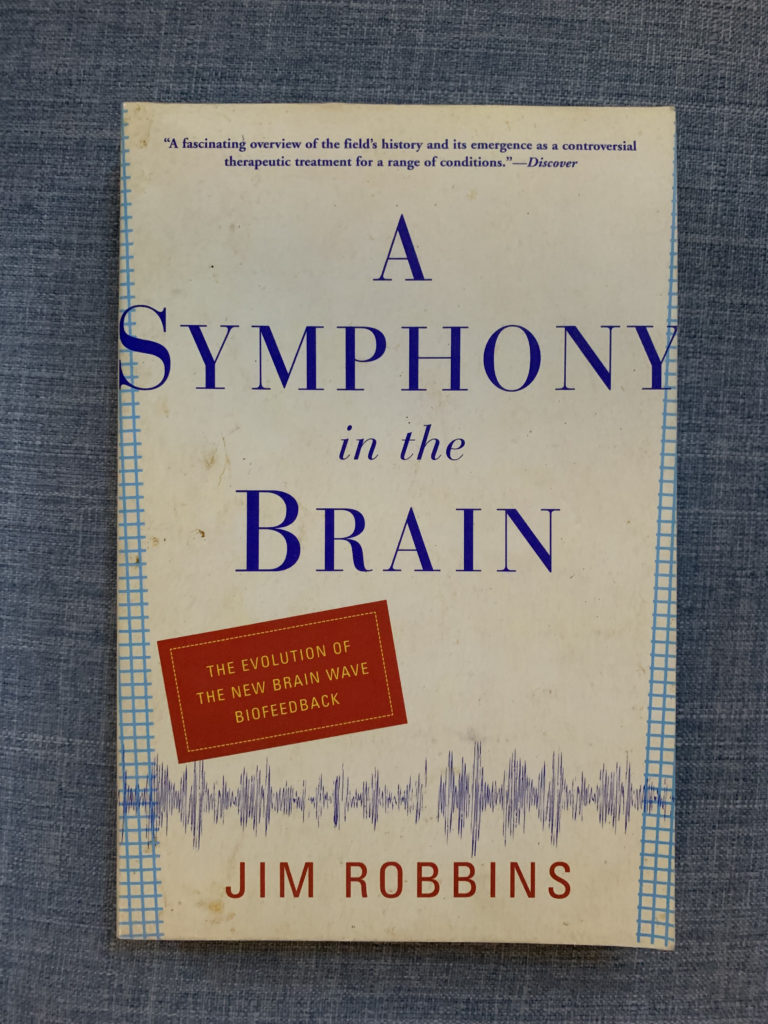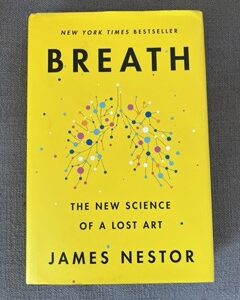
The book A Symphony in the Brain: The Evolution of the New Brain Wave Biofeedback by Jim Robbins is a must read if you want to know about neurofeedback. I have experienced neurofeedback myself and would highly recommend finding a trained provider with experience to help with many issues including anxiety, depression, ADHD, dyslexia, trauma, and so much more. I have included a couple paragraphs from a section of the book that helps clarify how the brain is responding to the environment, and how neurofeedback can get one’s brain back to functioning optimally.
“Viewed through the prism of neurotherapy, human beings do not suffer an epidemic of depression, chronic pain, immune system dysfunction, addictions, anxiety, or anyone of a laundry list of other afflictions. Instead, the epidemic is in hyperactive or worn-out nervous systems-buffeted by birth perhaps, infancy and childhood certainly, by a culture that encourages overwork and has created some of the most stressful places on earth: modern cities. There are only three diagnoses under the Othmer model: One, A person is so chronically over aroused he or she cannot relax, resulting in, for example, anxiety, agitation, impulsivity, and anger. Two, a person may be chronically under arouse, resulting in some types of depression, lack of motivation, and spacing us. The third principal diagnosis is brain instability. Using an automobile analogy, the lug nuts on the wheels are loose in the front end is wobbly. The driver can sometimes drive quite well but suddenly the car veers off in one direction or another, and there is little driver can do. Bipolar disorder (manic depression), migraines, PMS, panic attacks, motor and vocal tics, vertigo, bruxism (teeth grinding), epilepsy, and many others are all considered stability problems….Nearly all health problems, this model holds, flow from over-arousal, under arousal, or instability in the central nervous system” (Source: A Symphony in the Brain pp. 202-203).
Please check out Robbins book!






